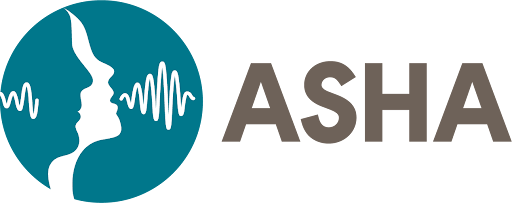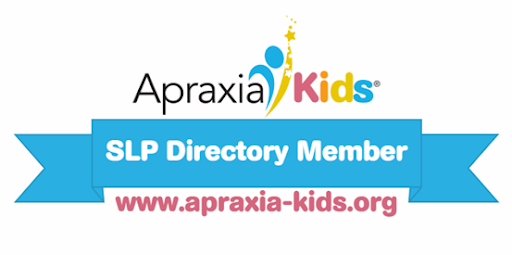First Bite
First Bite Podcast Series Listen up pediatric SLPs, working with medically complex or fragile clients! The podcast series provides listeners with “fed, fun, & functional resources” for therapy. Join SLPs Michelle Dawson and Erin Forward for First Bite – Fed, Fun and Functional Resources for the Pediatric SLP. If you’re an SLP who has more questions than answers when it comes to treating your medically complex/fragile pediatric patients, this podcast is for you! Listen to Podcast Series











